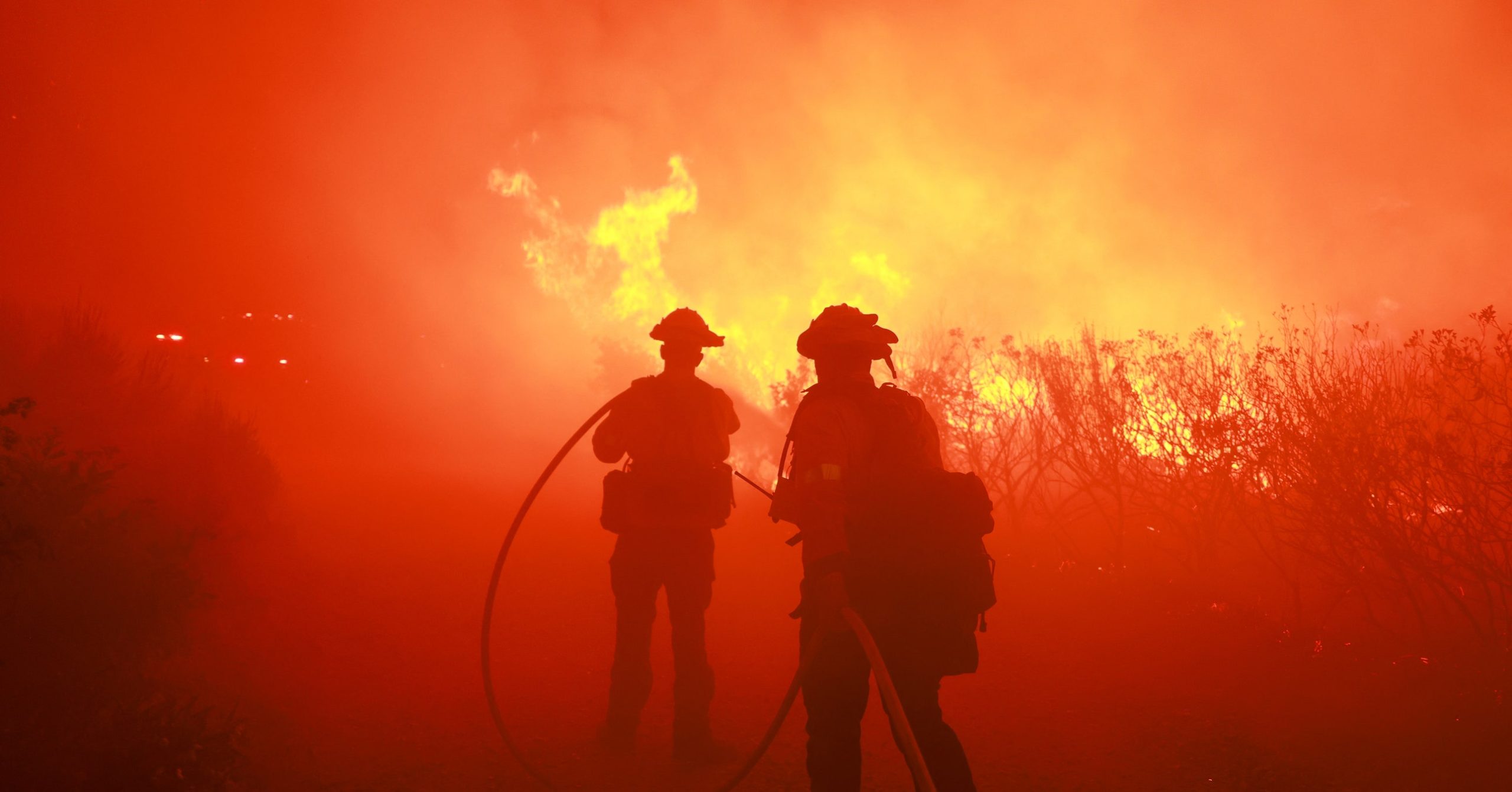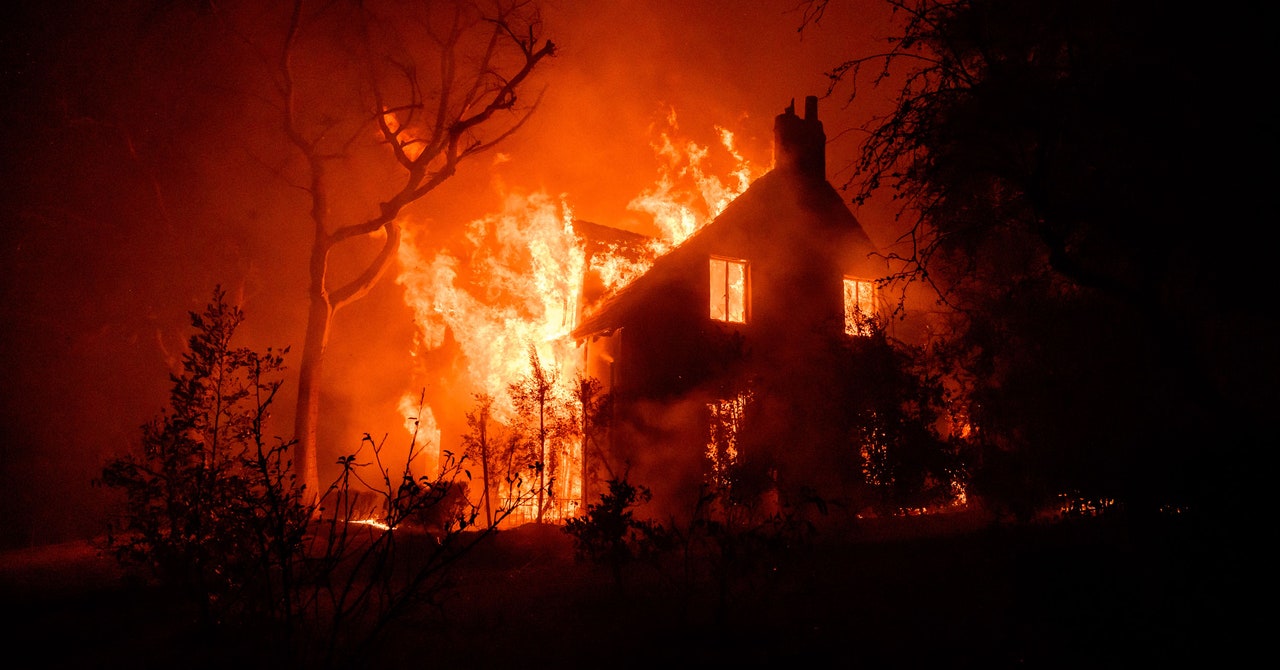The joint European-Japanese BepiColombo spacecraft achieved a monumental milestone on January 8, 2025, with its sixth and final flyby of Mercury. This maneuver brought the spacecraft to just 185 miles (295 kilometers) above Mercury’s surface, offering stunning new perspectives on the smallest planet in the solar system. These close encounters mark the final preparations for BepiColombo to enter orbit around Mercury in late 2026, where it will begin its primary science mission.
Mercury, with its extreme proximity to the Sun and unique geological features, remains one of the least understood planets. The BepiColombo mission aims to change that by uncovering the secrets of its surface, interior, and magnetic field. These six flybys, executed as part of the spacecraft’s long journey since its launch in October 2018, have already provided significant insights, capturing detailed images of Mercury’s craters, volcanic activity, and impact basins.
Peering Into Mercury’s Shadowy Craters
One of the most striking images captured during the flyby focused on Mercury’s north pole, where the spacecraft passed directly over permanently shadowed craters. These craters, located in regions that never receive sunlight, are some of the coldest places in the solar system despite Mercury’s extreme proximity to the Sun.
The craters—named Prokofiev, Kandinsky, Tolkien, and Gordimer—cast deep, permanent shadows, and scientists suspect they may harbor water ice. This tantalizing possibility makes these areas a priority for future investigations. Understanding whether Mercury can sustain water ice in such an inhospitable environment could yield important clues about how water is distributed across the solar system.
Reflecting on the flyby, Frank Budnik, BepiColombo’s Flight Dynamics Manager, noted the significance of this mission milestone:
“This is the first time that we performed two flyby campaigns back-to-back. This flyby happens a bit more than a month after the previous one. Based on our preliminary assessment, everything proceeded smoothly and flawlessly.”
Mercury’s Volcanic Legacy: Borealis Planitia
Another standout image revealed the Borealis Planitia, a vast expanse of volcanic plains near Mercury’s north pole. These smooth plains were formed approximately 3.7 billion years ago when lava flows erupted and flooded existing craters, creating a relatively uniform surface. The Henri and Lismer craters, visible in the images, are now partially obscured by the solidified lava that filled them over millennia.
This region also features “wrinkle ridges” caused by the cooling and contraction of Mercury’s interior. These features provide a unique glimpse into the planet’s thermal evolution, offering scientists a way to piece together how Mercury’s surface and interior have interacted over billions of years.
Geraint Jones, BepiColombo’s Project Scientist at ESA, highlighted the importance of these observations:
“BepiColombo’s main mission phase may only start two years from now, but all six of its flybys of Mercury have given us invaluable new information about the little-explored planet. In the next few weeks, the BepiColombo team will work hard to unravel as many of Mercury’s mysteries with the data from this flyby as we can.”


The Spectacle of the Caloris Basin
Among Mercury’s most iconic features is the Caloris Basin, the planet’s largest and most prominent impact crater, spanning over 930 miles (1,500 kilometers) in diameter. One image from the flyby captured a boomerang-shaped lava flow near the basin’s rim, raising intriguing questions about its origin. Was this flow caused by volcanic activity inside the basin, or did it move inward from another region?
Also visible in the image is the Nathair Facula, the result of Mercury’s largest volcanic explosion. The vent at the center of this deposit is approximately 25 miles (40 kilometers) wide, and its bright ejecta span nearly 186 miles (300 kilometers). These features are key to understanding the planet’s history of volcanic activity, which has played a significant role in shaping its surface.


The Final Flyby: A Celebration of Precision
The sixth flyby of Mercury not only provided extraordinary images but also marked a critical step in the spacecraft’s journey to orbit. This gravity-assist maneuver ensured that BepiColombo is on track to enter Mercury’s orbit in November 2026. Once there, the mission’s two orbiters—ESA’s Mercury Planetary Orbiter (MPO) and JAXA’s Mercury Magnetospheric Orbiter (Mio)—will separate to study the planet from complementary perspectives.
The successful execution of this complex maneuver is a testament to the meticulous planning and coordination of the mission team. As Frank Budnik remarked, this back-to-back campaign of flybys demonstrates the precision and resilience of the spacecraft:
“This is the first time that we performed two flyby campaigns back-to-back. Everything proceeded smoothly and flawlessly.”
Got a reaction? Share your thoughts in the comments
Enjoyed this article? Subscribe to our free newsletter for engaging stories, exclusive content, and the latest news.









Leave a Comment